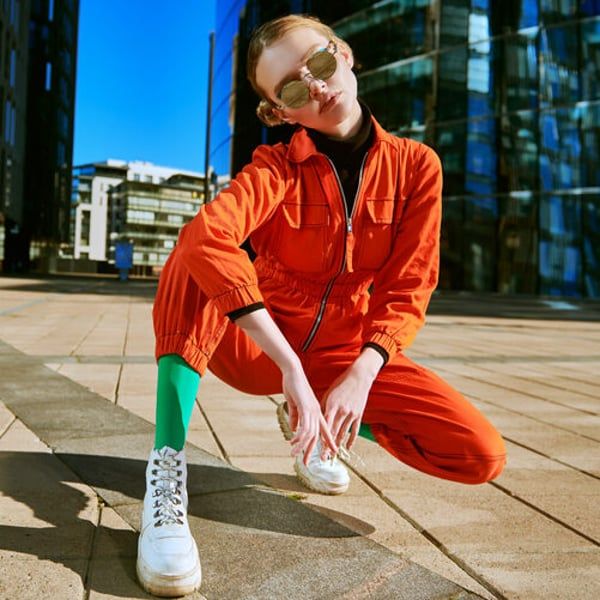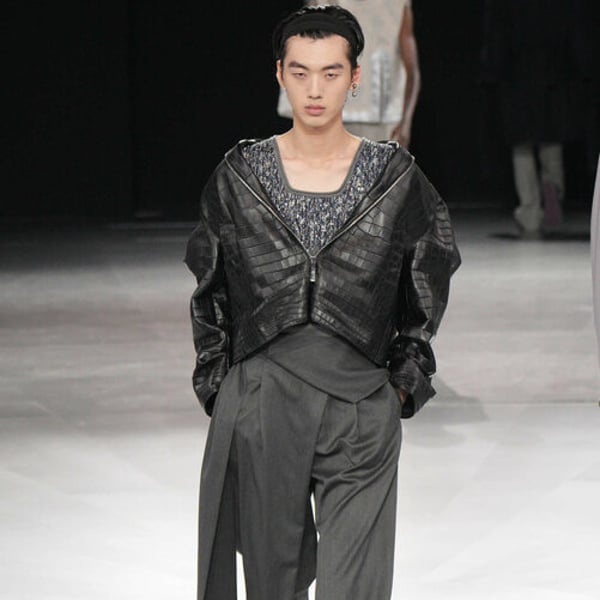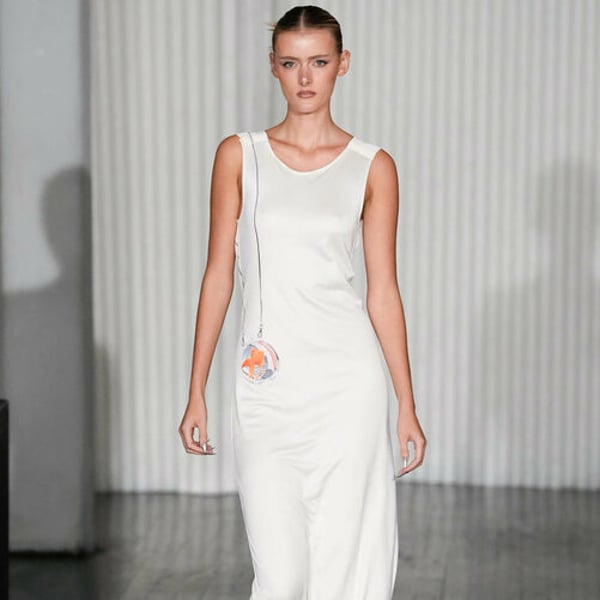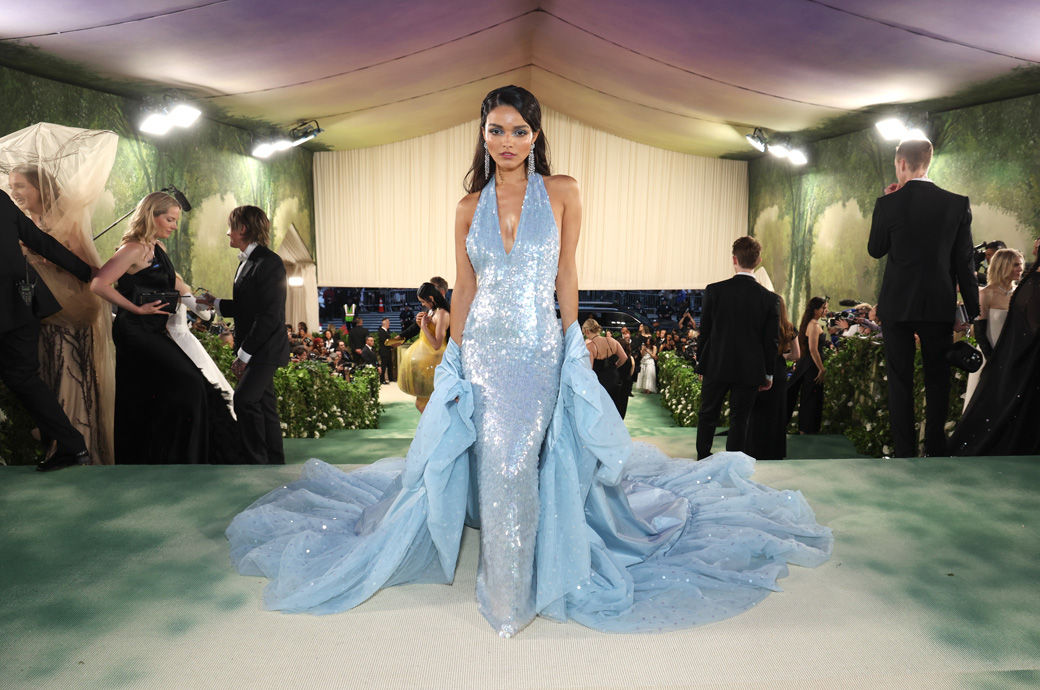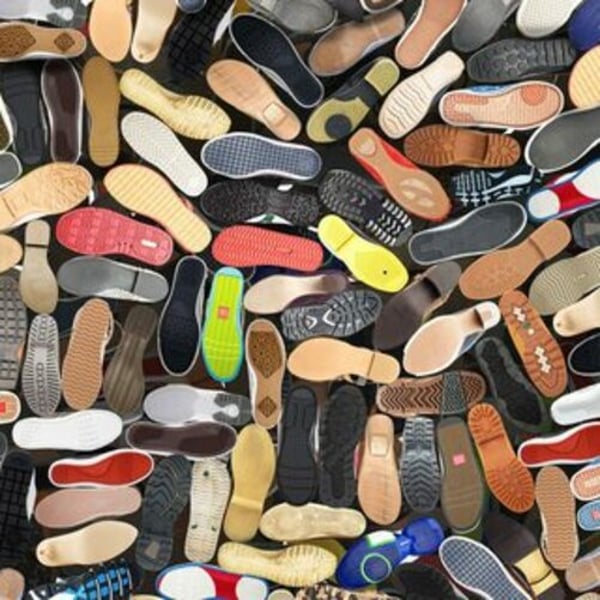WGSN predicts that 2026 will be a year of disruption and questioning for consumers, who are increasingly in tune with technology, but also aspire to a return to craftsmanship and a more reasoned industry. FashionNetwork.com has analysed several of the changes that the consumer trend forecaster anticipates for the fashion market.
The technological transition to greater symbiosis with humans is one of the biggest transformations awaiting the market. “It can and will go in any direction,” says Lisa White, director of strategic foresight and creativity at WGSN.
This trend is already being illustrated by TikTokers, who imitate the stereotypical gestures of video game characters to amuse internet users. Or companies like Wild Capture, which make it easier for brands to showcase their products in virtual worlds. Or UWB, the possible successor to Bluetooth, which can even detect users and track their vital signs. The JOLO (Joy of Logging Off) trend is also taking off.
Artificial intelligence raises questions, of course, and there is a need to develop transparency and avoid social biases. According to Lisa White, “42% of American AI experts say they are concerned and excited about human and technological evolution.” She points to examples of “AI for the better.” For example, Norwegian company Avfall Norge uses AI to identify the origin and nature of textile waste. Space 10 uses it to identify local materials that can be used in the world of design.
More broadly, WGSN notes that players such as Google, TikTok and Adobe have deployed their signage to differentiate content generated by or with AI. Zefr, for its part, is helping companies combat deepfakes, artificial images that can cause harm to people and businesses. In the same vein, cosmetics brand Simple has launched a report aimed at combating misinformation in the beauty sector.
An “eco-responsible” industry
There is also a “bio-based revolution” underway, in response to rising environmental expectations stemming from consumer “eco-rage” – a term used to describe outrage over ecological issues. “Some people thought that going green would be a trend, but it's something that will be with us for the rest of our lives,” says Lisa White, whose report highlights the need for companies to reward ethical behaviour and consumers.

Many companies are bringing their share of innovation to this field. One example is British brand Modern Synthesis and its programmable bacterial nanocellulose, which gave rise to Ganni’s Bou bag. Apoena grows microorganisms in its lab to develop skincare and fragrance products, so it doesn’t have to extract them from the waters of the Amazon. Kuori, meanwhile, uses byproducts from the food industry such as banana peels and nuts to design shoes and toys.
But how does leaving zero trace happen? The question now arises in relation to both products and business models. For example, the Benim Denim brand deliberately only existed long enough to sell off the idle stock of material supplier Renewcell. The Early Majority brand, by contrast, operates on an annual subscription basis that gives access to a range of garments that can be changed as needed. As for biodegradability, Jacob Cohën’s Endless Luxury denim brand opts for unscrewable buttons and biodegradable labels, linings and threads. “At the same time, there is a desire to make products last longer,” says Lisa White, who argues that the very act of shopping is changing in nature.
The end of satisfaction through purchasing?
For WGSN, social media and its personalised offerings foster a sense of belonging and “romantic consumerism”, a type of self-fulfilment that contributes to fast fashion but is already reaching its limits with Generation Z, a generation of consumers whose ecological awareness is leading to trend fatigue and a rejection of mass and repeated purchases. This trend has been reinforced by government initiatives, such as that of the European Union, where consumers can now deactivate advertising algorithms.
The virtualisation of inspiration and brand experience is also generating a desire for greater authenticity in brand relationships. This has partly led Lush to gradually withdraw its advertising from Google and Apple, in order to distance itself from the tech giants and cultivate more direct relationships with customers. Customers are also looking for outlets that break away from the chain approach. “These are customers who, faced with the standardisation of chain stores, want to see more artisanal and human addresses,” says Lisa White.

However, this logic is limited by people's economic concerns, which lead them to make sometimes problematic purchases. Last year, 52% of young Europeans aged 15 to 24 bought at least one counterfeit product on the Internet. A trend that, according to WGSN, is encouraged by TikTok and Reddit, which supposedly make the process easier and “more acceptable”, even offering advice on how to find the most convincing fakes.
However, behind this aspirational dichotomy lies an expectation of multi-sensoryity, where smell, taste and touch emerge as a reaction to a virtualised everyday life. “We are becoming more ‘emotion-oriented’,” concludes Lisa White. For her, fashion brands will now have to offer responsible products at more affordable prices. “And we shouldn’t hide behind the fact that ‘sustainability is expensive’, because that’s not necessarily true,” says White (see our interview).
Copyright © 2024 FashionNetwork.com All rights reserved.

